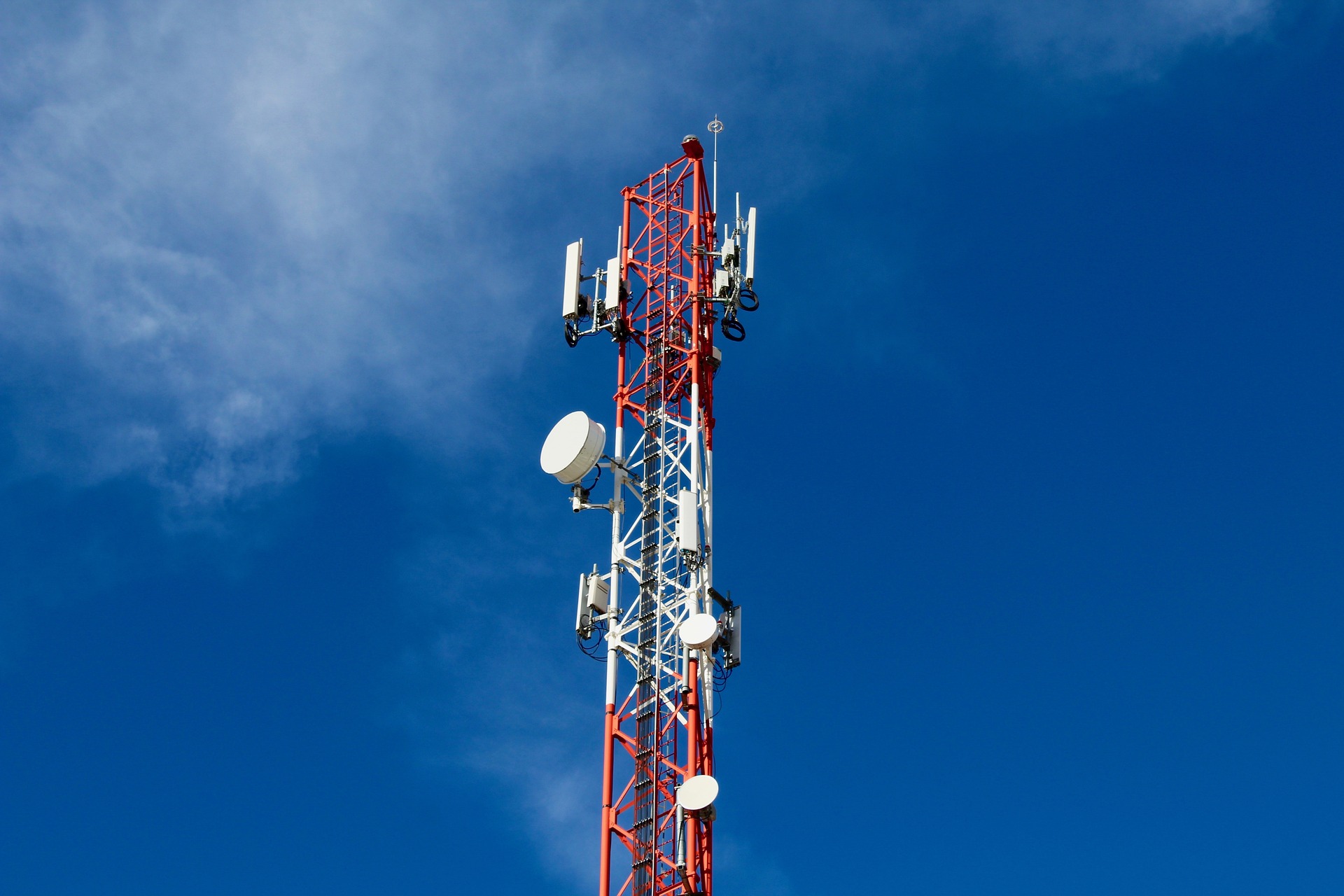The Untapped Power of Fixed Wireless Access: A New Era in Connectivity
In the ever-evolving world of internet and telecommunications, one technology that has been gaining substantial traction is Fixed Wireless Access (FWA). This relatively undiscussed technology is set to revolutionize the way we connect to the internet, bringing high-speed connectivity to areas where conventional broadband and fiber-optic services cannot reach. Let's delve into the intricate world of FWA and uncover its impact on the telecom landscape.

The Genesis of Fixed Wireless Access
FWA is not a new concept. Its roots can be traced back to the late 20th century, with microwave-based systems providing connectivity to remote areas. However, the advent of 4G LTE and the promise of 5G have breathed new life into this technology, allowing for faster speeds and greater capacity than ever before.
The Current State of Fixed Wireless Access
Today, FWA is making waves in the world of telecommunications, providing a viable and cost-effective alternative to traditional wired broadband. It eliminates the need for expensive infrastructure, making it an attractive solution for rural and underserved areas. However, its adoption is not limited to these areas alone. Even in urban settings, it can offer a competitive edge by providing high-speed connectivity where wired services may falter.
The Impact and Challenges of Fixed Wireless Access
The implications of widespread FWA adoption are far-reaching. From bridging the digital divide to enabling smart city applications, FWA holds immense potential. However, it is not without its challenges. Signal attenuation, interference, and the need for line-of-sight connections can pose hurdles. Nonetheless, advancements in antenna technology and network equipment are helping to mitigate these issues.
Practical Applications of Fixed Wireless Access
FWA has numerous practical applications. It can serve as a primary connection for homes and businesses or as a backup solution for existing wired connections. Additionally, it can support emerging technologies like telemedicine and remote learning, which require reliable, high-speed connectivity.
The Future Outlook for Fixed Wireless Access
Looking ahead, the future of FWA appears bright. As 5G becomes more widespread, it will further enhance the capabilities of FWA, offering faster speeds, lower latency, and greater capacity. Moreover, the ongoing research in this domain, coupled with regulatory support, bodes well for the future of this technology.
In conclusion, Fixed Wireless Access is a powerful tool in the connectivity arsenal, offering a flexible, cost-effective, and high-speed solution. As we navigate the shifting sands of the telecommunications landscape, it’s technologies like FWA that will shape the future of connectivity.





